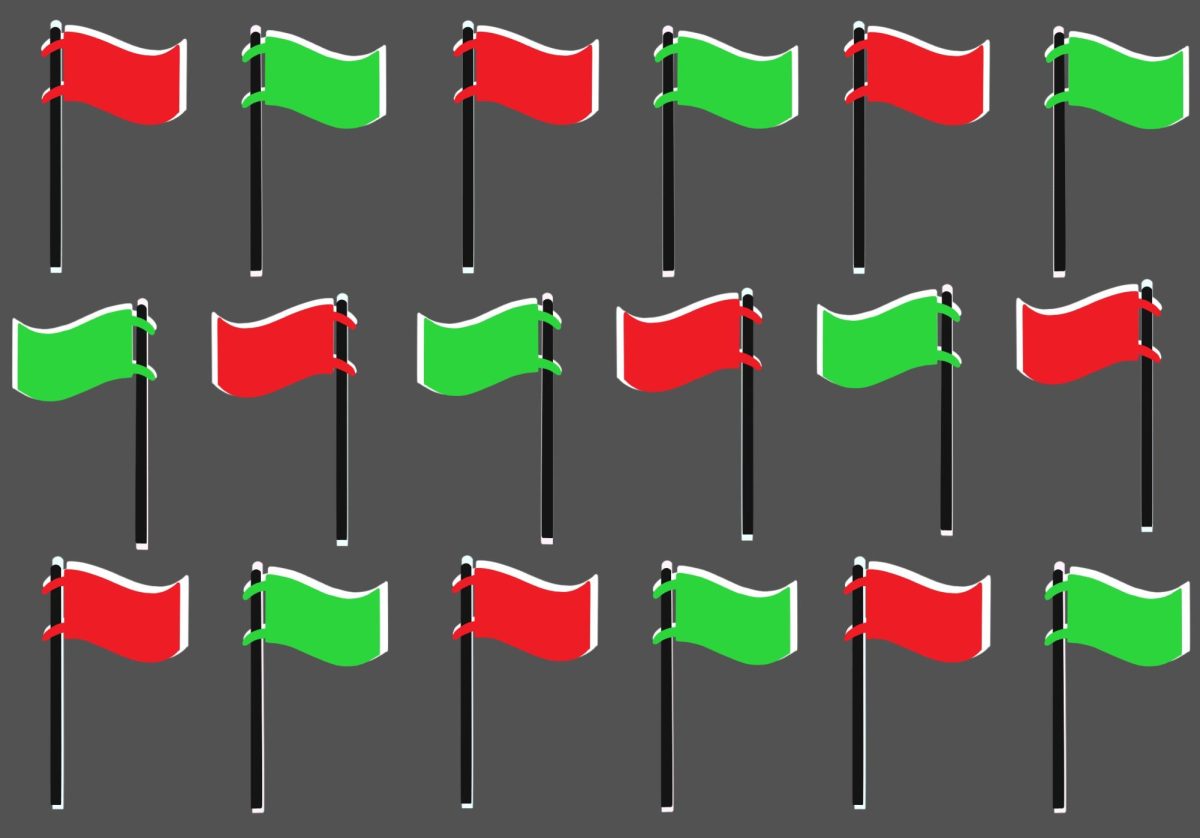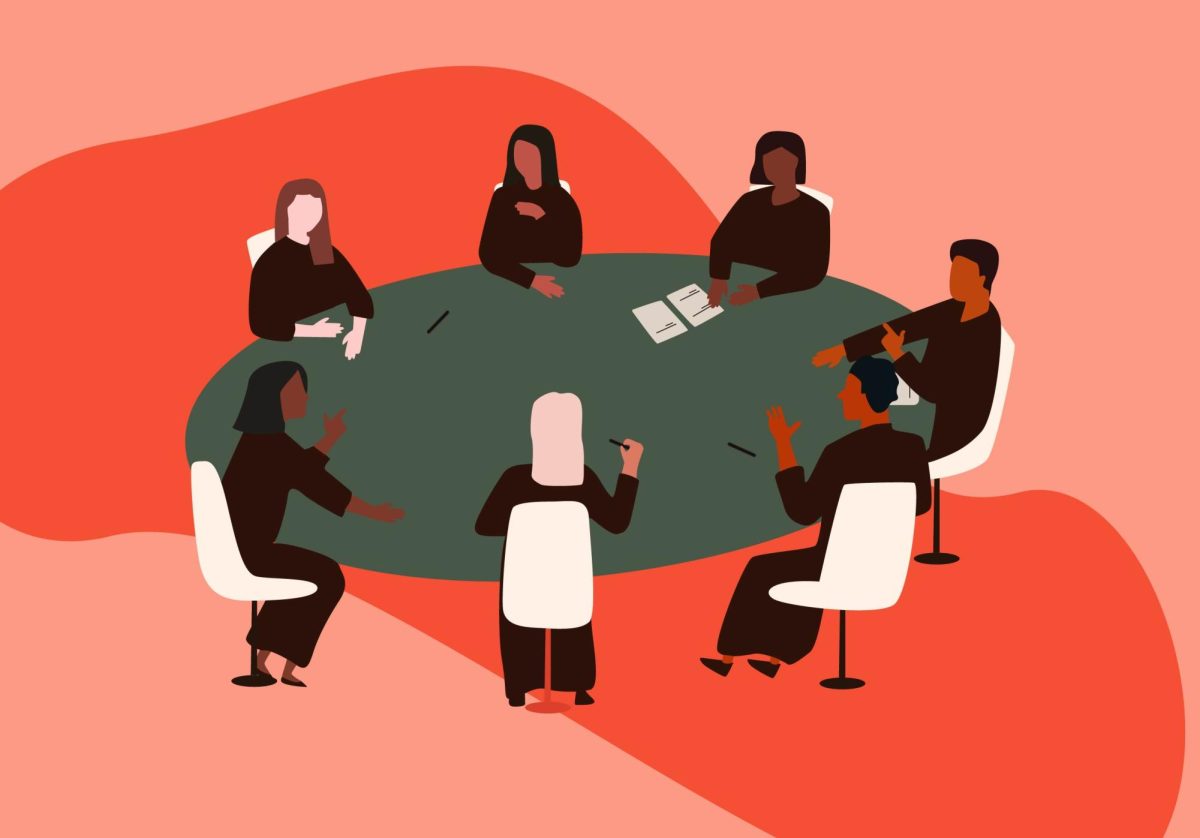The Twin Cities’ first light rail transit line is finally up and running – albeit on a limited corridor – and promises to be more and more useful to students as it expands. University students near Minnesota’s newest form of transportation should take advantage of it.
The track is only eight miles long now, but ridership is already almost double what Metro Transit expected. It is encouraging to see so many people using the trains, which run on electric power and are already in use in many cities abroad and around the United States.
While the current route is probably not ideal for most University students and employees, those who live near the line should do their best to support this cleaner form of transit. Hopefully heavy use will encourage light rail’s expansion and allow more people in the Twin Cities to use it.
Metro Transit plans to open lines to both terminals of the Minneapolis-St. Paul International Airport and the Mall of America in December, expanding the service to Bloomington, Minn. residents and making it easier for students to meet out-of-town visitors.
Officials are already debating whether to create a “central corridor” line connecting Minneapolis to St. Paul.
Light rail is economically very feasible for University riders: They can use their U-Pass cards to ride the light rail trains, and because the trains stop downtown, hopping on the Route 16 or Route 50 bus to the University is pretty easy.
The Twin Cities has some of the worst traffic congestion problems in the country, partly because of interchanges poorly equipped to handle rush-hour traffic, but also because of inadequate public transit options. If light rail is allowed to expand, at least some of this congestion can be alleviated without significantly expanding roads.
According to the Rochester Rail Transit Committee in Rochester, N.Y., a single freeway lane can carry 1,800 cars per hour – maybe 2,200 people. A single light rail track can carry 8,600 to 16,000 people per hour.
If light rail is used to its full potential, Minnesotans (and tired University students) might even get some more sleep because it can move more people faster. The line has already proven its popularity – now it just needs to grow.







